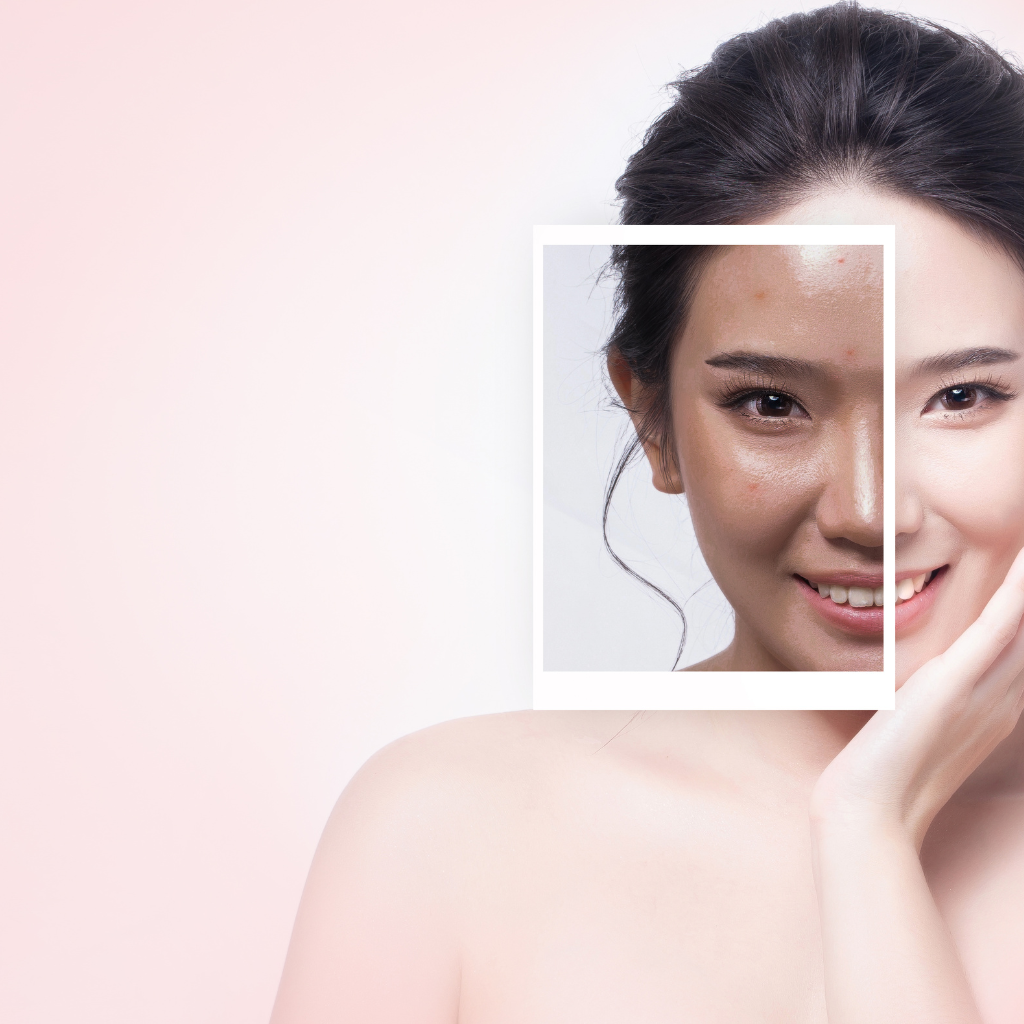How to Protect Skin from Sun Tan: A Simple Guide

Sunlight can bring warmth and happiness, but too much exposure causes our skin to tan or even burn. This can lead to dryness, wrinkles, and more risks if left unchecked. Knowing how to protect skin from sun tan is about more than looks. It helps greatly preserve overall skin health.
Avoid Sun Tanning: Why It Matters
Avoid sun tanning if you want to keep a clear complexion and reduce problems later. Tanning is how the skin defends itself, but this defense creates uneven pigmentation. Harsh ultraviolet rays damage cells and provoke early aging. By actively avoiding sun tanning, you guard your skin from possible lasting harm.
Understanding How to Protect Skin from Sun Tan
Sun tan is not just a cosmetic concern. It is a direct result of ultraviolet rays triggering extra melanin production. This causes darker patches that might fade over time but leave hidden harm deep in your skin layers. By understanding how to protect skin from sun tan, you can limit these harmful effects and preserve a youthful glow. You do this by using sunscreen, wearing hats or sunglasses, and seeking shaded spots whenever you can. Consistency is key and crucial.
Why You Should Protect Your Skin Daily
Every day outside, even during errands, exposes you to ultraviolet light. Damage accumulates, so small outings are as risky over time as extended sunbathing sessions. Whenever you step out, use sunscreen with at least SPF 30 and wear protective clothing. This daily routine helps prevent tanning, fine lines, and uneven spots. Also, try to avoid tanning beds because they emit intense ultraviolet radiation. By taking simple steps each morning, you keep your skin healthier and significantly reduce future skin troubles.
How to Protect Skin from Sun Tan Naturally
Many prefer natural approaches when thinking about how to protect skin from sun tan. Simple home remedies, like aloe or cucumber slices, can soothe sun-stressed areas. Adequate hydration plus antioxidant-rich foods help fortify skin from within. These methods are gentle yet work best when combined with proper sunscreen use daily. For those dealing with an existing tan, effective tan removal solutions like exfoliation or natural masks can help speed up the process and lighten the skin.
How to Protect Your Face from Sun Tan with Simple Masks
Your face is more delicate than other areas. Natural masks can hydrate and reduce minor pigment issues. You might use a blend of yogurt, honey, and a pinch of turmeric, applied for ten minutes. Rinse gently and pat dry. This combo can calm irritated skin and lighten slight tan lines. Remember to follow with a moisturizer that includes SPF. Such masks add an extra layer of care but do not replace sunscreen or protective hats. Regular application yields the best results.
How to Protect Feet from Sun Tan at Home
Feet often go unnoticed until tan lines appear around sandals. You can avoid these marks by applying sunscreen on tops, sides, and ankles before heading out. Also, wearing shoes with coverage helps minimize direct sun contact. After sun exposure, soak your feet in cool water mixed with sea salt to reduce dryness. Gentle scrubs like oatmeal or sugar slough off dead cells. Moisturizing with aloe gel afterward helps soothe any redness. Pay attention to your feet just as you do your face.
Keep Your Skin Protected with Sensible Sunscreen Use
To prevent tanning and damage, sunscreen remains the most dependable tool. Broad-spectrum formulas shield against UVA and UVB rays. Apply it on any exposed area, even ears. Reapply every two hours, especially if swimming. Keep your skin protected by selecting a sunscreen suited to your activity level and skin type.
Ingredient Check: What to Look For
Reading labels helps you choose quality products. Zinc oxide and titanium dioxide are common minerals that reflect harmful rays, reducing the chance of burns. Chemical sunscreens such as avobenzone or octocrylene absorb rays, so they do not penetrate deeply. Aim for at least SPF 30. Higher SPFs can offer more buffering, but they are not foolproof. Water-resistant options are good for beach visits or workouts. Rechecking the ingredient list ensures you avoid irritants that can inflame sensitive or acne-prone skin.
Application Tips to Prevent Tanning
Slathering on sunscreen once in the morning is not enough. Use a tablespoon amount for your face and a shot glass measure for your body. Smooth it evenly and wait a few minutes before stepping outside. Reapply after swimming, sweating, or toweling off. This routine is key to proper coverage. Think about hidden spots like the tops of your feet, the backs of your ears, or around the hairline. When done properly, sunscreen lowers ultraviolet damage and helps you maintain a uniform complexion.
Protective Clothing: A Key Step to Prevent Tanning
Lightweight fabrics still block some rays if woven tightly. Hats and long-sleeved shirts always help reduce direct exposure. Protective clothing is especially vital if you are near water or sand since reflection increases ultraviolet contact. Combine these clothes with sunscreen to stay safer and maintain a more natural skin tone.
Fabric Choices That Shield You
Certain textiles are better at blocking rays. Cotton or synthetic blends limit penetration more than gauzy linen. Some clothes come with a UPF rating, which tells you how effectively they guard against ultraviolet light. Darker colors can absorb rays, while lighter tones may reflect them. Long sleeves give more coverage and reduce the need for sunscreen reapplication. Remember, if you can see light through the fabric, UV rays pass through. Choose garments that look and feel comfortable for consistent wear.
Adding Hats and Sunglasses to Avoid Tanning
Covering your head is an essential step in blocking direct rays from hitting your face, and Wide-brimmed hats offer coverage for the forehead, cheeks, and neck. Baseball caps are better than nothing, but they leave ears exposed. Sunglasses guard eye areas and reduce glare. Look for pairs labeled with 100 percent UV protection. Wraparound styles block light from the sides. By combining hats and sunglasses with good clothing, you create a reliable barrier against ultraviolet exposure every time you venture out.

Seek Shade and Stay Cool for Better Protection
Finding shade is an easy way to avoid direct sun rays. Trees, umbrellas, or canopies all help reduce ultraviolet contact by creating a physical barrier. When you stay in shaded spots, you give your skin a break. Combine shade with other methods, like sunscreen, for the greatest sun defense overall.
Why Shaded Areas Prevent Tanning
Shade slows the intensity of direct sunlight, cutting down on harmful UVB and UVA waves. It does not eliminate them since rays can bounce off surfaces, but it reduces overall exposure. This reduction lowers the chance of tanning and sunburns. For best results, pick shaded areas whenever the sun is high between late morning and mid-afternoon. Even a partial roof or building overhang is better than standing exposed. By staying within a shaded zone, you prolong your skin’s health.
Outdoor Events: Creating Your Shade
Sometimes, you cannot find ready-made shade, so bring gear. Canopy tents, beach umbrellas, or pop-up shelters let you craft a cooler zone. Position these shelters in a spot that avoids direct reflection from water or metal. Combine your artificial shade with wide-brimmed hats and protective outfits for extra coverage. Setting up portable shade is helpful during concerts, sports matches, or picnics. Your shaded area becomes a refuge while others deal with conditions. Less direct sun means less tanning risk.
Beach Vacation Tips to Avoid Tanning
Basking in the sun is part of beach fun, but too much can trigger sunburn. Before heading out, stock water-resistant sunscreen and protective clothing. Focus on keeping children fully covered since younger skin is more delicate. Schedule breaks in covered spots. With these steps, you can still enjoy the water.
Prep Before You Swim to Prevent Tanning
Slather on sunscreen at least 15 minutes prior to diving into surf or pool water. Water reflects UV light, which increases the risk of sunburn. Opt for swimsuits made from UPF fabric to block rays further. Remember to protect your scalp with a hat or a swim cap if possible. Once you come out of the water, pat yourself dry and reapply sunscreen. This reduces salt or chlorine residue that can irritate the skin. By prepping well, you reduce tan lines.

Stay Hydrated and Avoid Tanning Pitfalls
Spending long hours on the beach can dehydrate you, making your skin more vulnerable. Drink water frequently to help cells recover. It also supports healthy circulation and collagen production, which fights dryness. Skip midday sunbathing when rays peak and find a shady spot instead. If you see signs of sunburn, step indoors and cool off. Overexposure leads to peeling or worse. Also, do not forget to reapply sunscreen, especially if you sweat or swim. Cautious habits keep you from tanning troubles.
Conclusion: Keep Your Skin Healthier Every Day
Practicing safe sun habits is not complicated, but it does require consistency. Whether you choose sunscreen, protective clothing, or shade, each step helps prevent tanning damage. Keep a routine, plan outdoor activities wisely, and support the skin from the inside with proper nutrition. Over time, your skin will truly thank you.

Highly skilled cosmetologist at Tune Clinical Aesthetics, specializing in advanced skin and hair treatments.





